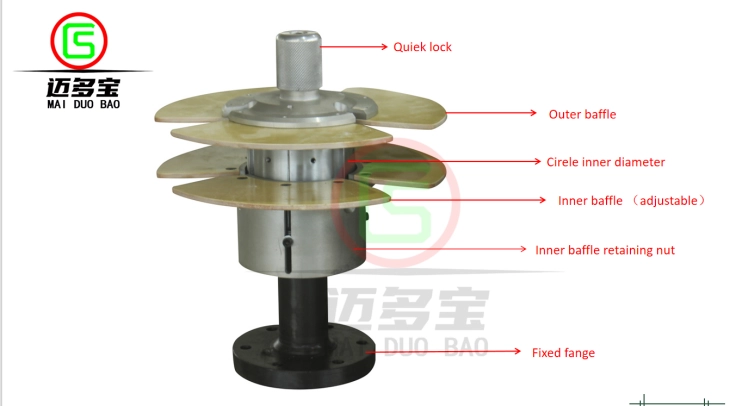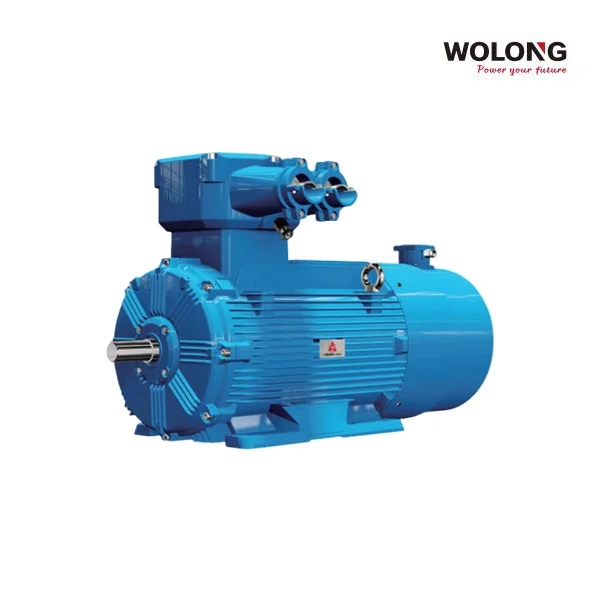Mechanical fuel pumps play a crucial role in delivering fuel from the tank to the engine in various industries, including automotive, marine, and aviation. Understanding the driving method employed by these pumps is essential for optimizing their performance and ensuring efficient fuel delivery. In this article, we will explore the different methods used to drive mechanical fuel pumps, providing valuable insights for professionals and enthusiasts alike.
- Camshaft-driven Mechanical Fuel Pumps:
One widely used method to drive mechanical fuel pumps is through a camshaft mechanism. In this design, a lobe on the engine's camshaft actuates a lever, which in turn operates the fuel pump diaphragm. As the camshaft rotates, the lever moves up and down, creating a reciprocating motion that drives the pump. This method is commonly found in older vehicles and small engines due to its simplicity and reliability. - Belt-driven Mechanical Fuel Pumps:
Another method employed to drive mechanical fuel pumps is the belt-driven system. In this setup, a belt connects the engine's crankshaft pulley to the fuel pump pulley. As the engine rotates, the belt transfers the rotational energy to the fuel pump, driving its operation. Belt-driven fuel pumps are often found in high-performance engines, as they can provide consistent fuel delivery at varying engine speeds. - Gear-driven Mechanical Fuel Pumps:
Gear-driven mechanical fuel pumps utilize a set of gears to transfer power from the engine to the pump. These pumps consist of an inner and outer gear meshing together, with the engine's crankshaft driving the inner gear. As the gears rotate, they create a positive displacement, drawing fuel into the pump and delivering it to the engine. This method is commonly used in heavy-duty applications, such as diesel engines and industrial machinery. - Eccentric-driven Mechanical Fuel Pumps:
In certain applications, eccentric-driven mechanical fuel pumps are employed. This method utilizes an eccentric cam mounted on the engine's shaft, which directly drives the fuel pump. As the eccentric cam rotates, it imparts a linear motion to the pump's diaphragm or plunger, resulting in fuel delivery. Eccentric-driven fuel pumps are often found in small engines and motorcycles, where space constraints limit the use of other driving methods.
Conclusion:
The driving method employed by mechanical fuel pumps varies depending on the application and engine requirements. Camshaft-driven, belt-driven, gear-driven, and eccentric-driven systems each offer unique advantages and are tailored to specific industries. By understanding these driving methods, professionals can make informed decisions when selecting and optimizing mechanical fuel pumps for their respective applications. Whether it's ensuring reliable fuel delivery in an automotive engine or maintaining peak performance in a marine vessel, the driving force behind mechanical fuel pumps is a critical aspect to consider.





